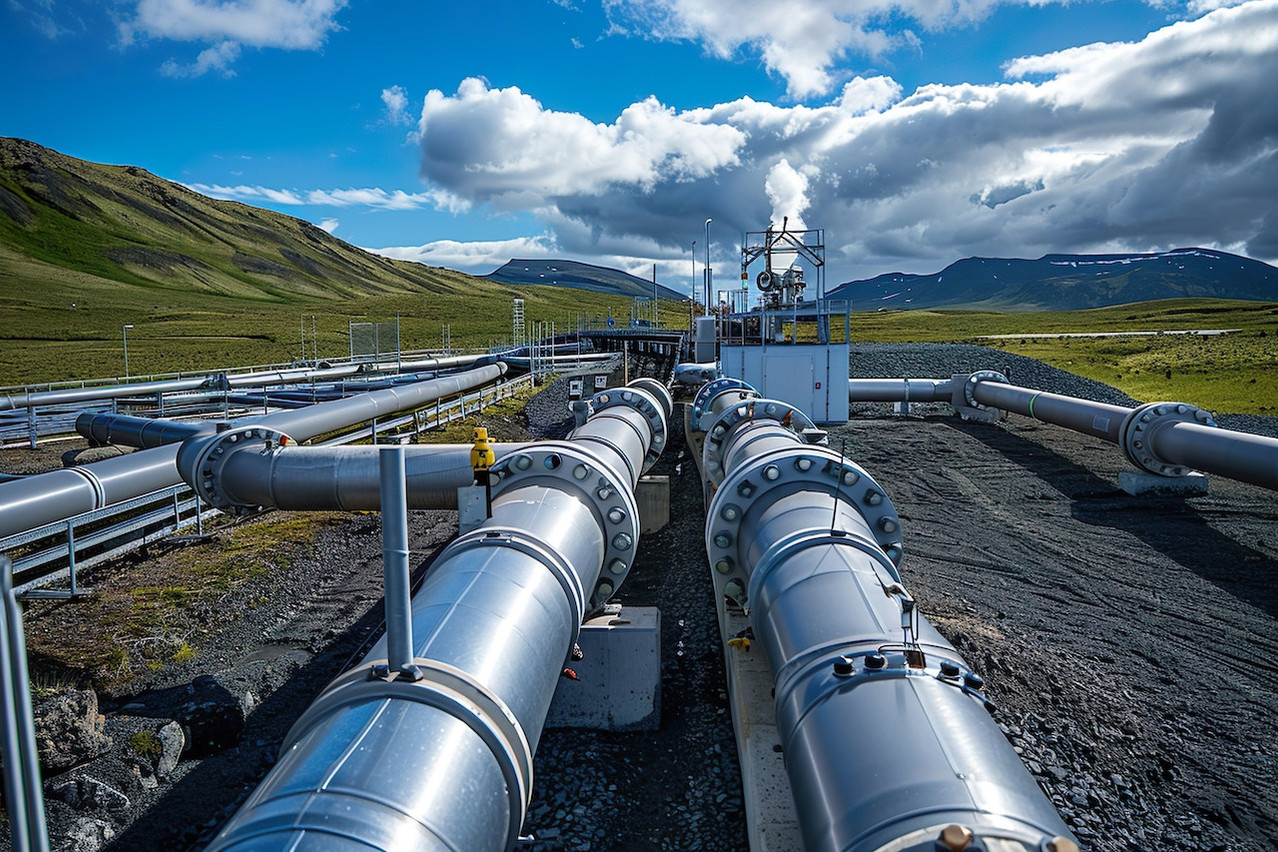Having come to power with other priorities, notably housing, the government will have to step on the accelerator if it is not to miss the European momentum on carbon storage and reuse. A week ago, the ministry of the environment, climate and biodiversity, alongside the economy ministry and the University of Luxembourg and with the support of Luxinnovation, organised a conference on the state of carbon capture, utilisation and storage (CCUS) in Luxembourg. This was an opportunity to explore a number of cases including land use, changes in land use, forestry and cement.
On 13 February, the Fedil published , calling on the government to consider this issue as a means of enhancing the country’s attractiveness. They include the need to amend the law to allow carbon capture and storage, the promotion of storage on the site of the producer, the development of a pipeline for industries that would have difficulty in reducing their emissions, the upgrading of energy infrastructures, coordination with the European strategy and the defence of a “level playing field” for the use of carbon (which is terminology similar to that used for taxation).
Working group
“We need to take a good look at what is feasible and what makes sense for our industry,” says Gaston Trauffler, Fedil’s head of industrial policy. “There are solutions in the North Sea and others in Lorraine, for example, but Luxembourg cannot reasonably expect its neighbours to finance the development of infrastructure or policies from public funds and then use them to meet its international commitments. At the very least, a feasibility and funding study should emerge from the discussions.”
“At the moment, it is still too early to communicate on the details that are being worked out,” says the economy ministry, which points out that a working group was set up at the end of 2024. It also points out that the coalition agreement contained two paragraphs on the subject: “The government will create a clear legal framework with the aim of supporting the use of these technologies under specific conditions” on the one hand; and, on the other: “The potential of carbon capture and utilisation (CCU) and carbon capture and storage (CCS) technologies will be assessed with a view to supporting their development abroad for the decarbonisation of some very specific sectors, such as the cement industry. Where necessary, an appropriate CO2 transport infrastructure will be developed.” The final version of the National Climate and Energy Plan (PNEC) adds a single sentence: “To this end, cooperation and coordination at national, regional and European level are essential for the deployment of infrastructures for transporting CO2 to carbon storage and utilisation sites.”
A market worth €50bn by 2030
In its criticism of the PNEC, Fedil had also said on this subject that “Luxembourg must exploit all remaining flexibility options, including the possibility of acquiring emission allowances from other EU countries in order to achieve the EU’s climate objectives. It must also exploit all technological options, including carbon capture and storage/use. Rejecting these options would significantly and unnecessarily reduce Luxembourg’s flexibility compared to other EU economies.”
First there is the need to decarbonise. Then there are the figures from the International Energy Agency: the CCUS market was estimated at USD $2bn-$4bn dollars in 2022 and could reach $35-$50bn by 2030, due to climate regulations and public-private investments: demand for carbon credits and net zero emission policies are boosting the industry.
85 projects financed in Europe
Finally, Europe has begun to roll out its strategy, announced during the Covid-19 pandemic, of using €38bn from the Innovation Fund for regional hubs between now and 2030. This has given rise to projects such as Northern Lights (€2.1bn), offshore storage under the North Sea in Norway; the Portos Project in Rotterdam (€2.1bn) to store 2.5 M t CO2/year; and the Greensand project, with CO2 storage under the North Sea. To these projects Fedil adds two more in its plea for intelligent action: the “Carbon contracts for difference” in Germany, run since 2020; and the pledge in the UK, over 20 years, of £20bn in clusters, “a perfect illustration of how targeted funding can create decarbonised industrial hubs.”
, 25 of the EU’s 27 member states and the three other countries in its Economic Area have already had one of their projects financed by the Innovation Fund--and Luxembourg is not among them. The grand duchy, indeed, is only represented once in the table of 85 projects: via Trina Solar, the holding company of the Chinese giant discreetly based in Luxembourg. And how many from Luxembourg will be in the new call for tenders, launched on 3 December and open until 24 April 2025 (focusing on net-zero and battery technologies)?
This article in French.
